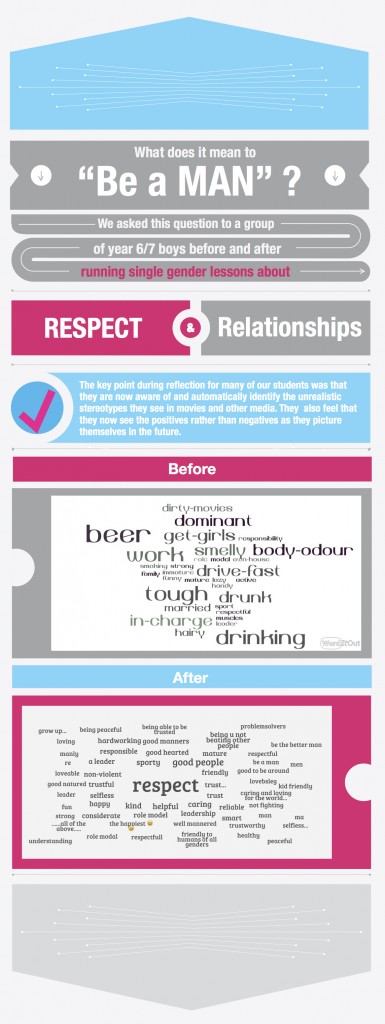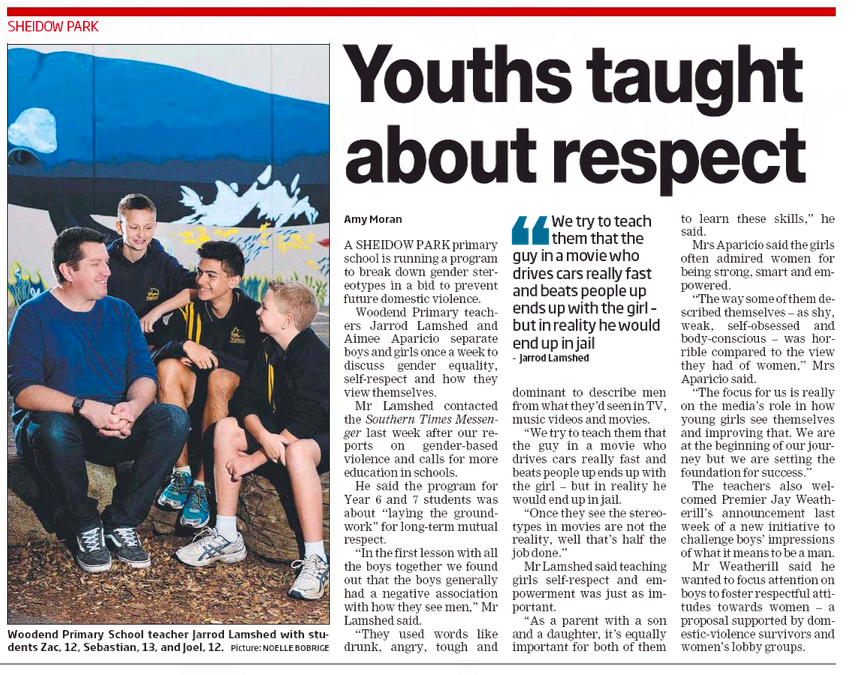Global Connections Are More Important Than Ever
“When we seek for connection, we restore the world to wholeness. Our seemingly separate lives become meaningful as we discover how truly necessary we are to each other” Margaret Wheatley
We live in unusual times. The loudest voices we hear are advocating for the segregation and isolation of our worlds most needy citizens. Our children are bombarded with words that encourage us to pull away from those that are different from us and paint a picture of a world that should be feared. On top of this, those that oppose these ideas of segregation are rightfully vocal in their opposition to those in power. All of this has to be creating some pretty mixed and messy messages for our kids.
As parents and as teachers, we need to be actively and purposefully planning opportunities for positive, respectful and joyful global connections. Seeing ourselves as global citizens is more important than ever. With technology on our side, this is not a difficult thing to do.
Through our class blog, in the first few weeks of school, we have been able to connect with classrooms in New Zealand, France and Canada. These have all been extremely positive and each connection has been easily set up with a single blog comment by a student. This week we had students in Canada join us in a literacy task and in return, our students made individual comments on each Canadian student’s blog. We’ve since had emails and more comments back and forth creating a new and positive global experience. This has been a great kick start for conversations around writing for different audiences, purpose for writing, text types and giving critical, respectful and useful feedback. Not bad from one student blog comment.
Next week, we are stepping up our connection with France as their students return from their holidays. For this connection to happen, our students used digital tools (Google Translate) to help overcome a language barrier when they stumbled on this blog written in French. Again, with technology on our side, we can teach our children that these barriers are easy to overcome. We compared French words to English words and discussed the origins of our English Language. From a student comment translated into French a connection between teachers has been made and plans for ongoing learning are underway.
The empowerment felt by students making these connections is contagious. Our students are asking about starting their own individual blogs to share their own writing and thoughts about their learning and are asking to write to our new collaborators whenever they have some time. We eagerly mark countries on the world map in our class and learn about the geography and culture of those countries. Learning with purpose.
A great way to start making connections with your class blog is by jumping on board with David Mitchell‘s ‘Quad Blogging’ program. This fantastic program helps to link you up with three other schools from different parts of the world that you can begin your global learning experiences with.
Working with students to build a sense of global identity has always been important and, I would argue, this is even more so now. Planning and fostering positive connections with our global neighbours is a something that we can all do to work toward turning the volume down on these messages of fear for our children.








Recent Comments